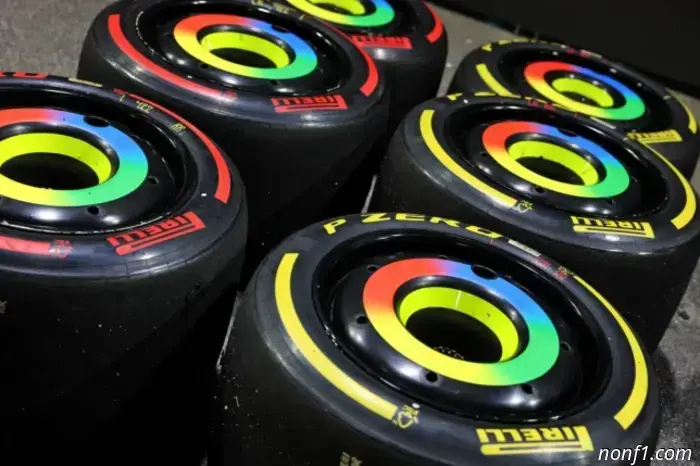
Berra: The coating provides decent grip.
According to Pirelli statistics, eight teams and their 16 drivers used one set of hard and one set of soft tyres during the first practice at the Singapore circuit, and then in the second session continued with one set of medium and another soft while running a qualifying simulation.
Only Aston Martin preferred to run on mediums in the first practice, after which they switched to hard tyres in the second. Mercedes drivers started on hard tyres, then moved to mediums. George Russell did not get to work with the soft tyres at all, because he crashed at the start of the second session while the car was still on medium tyres.
Simone Berra, Pirelli’s chief engineer: “You could say that today’s practice did not allow definitive conclusions to be drawn, since the second session was interrupted several times, which reduced track time and affected the amount of data collected. All the more so when talking about tyre behaviour over long runs.
Nevertheless, there are some interesting observations. First, the track surface provides decent grip, partly thanks to the organisers treating the asphalt with high-pressure water jets, which had a good effect. In addition, the surface on several sections of the circuit has been renewed, which also contributes to more effective grip compared with last year.
The increase in speeds was more evident during the first session than in the second, which was interrupted more than once. In any case, speeds will still rise, and significantly.
All three compounds behaved as expected, and the difference in speeds between them corresponds to the data we obtained on the simulator. Almost all drivers used the same number of tyre sets — two softs, one hard and one medium — except for Mercedes, whose drivers used medium and hard in the first session.
Then Russell crashed the car, so he was unable to work with the softest compound. Therefore it will be interesting to see how that team approaches working with the medium compound in tomorrow’s practice with an eye on Sunday’s race.
Raising the pit‑lane speed limit from 60 to 80 km/h could affect strategy choices. Since the time loss associated with tyre changes is reduced, a two‑stop strategy becomes a sensible option, even though we know teams usually prefer to lengthen stints and minimise time spent in the pits. At the same time, we can be confident that if the race is neutralised, the option of a second pit stop becomes much more attractive than in the past.
Finally, it should be stressed that at first glance all three compounds, including the softest, are suitable for the race. Those who decide to start on softs can try to gain an advantage thanks to effective grip in the hope of making up a few positions in the opening laps. But there is an alternative: to use the softest tyres towards the end of the race.”

Other articles
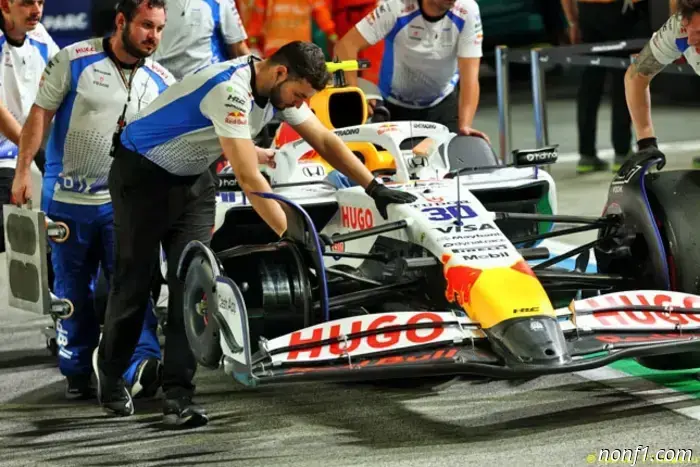 Lawson: The training didn't go as I had expected.
Isaac Hadjar posted the second-fastest time in the second free practice session of the Singapore Grand Prix. His teammate Liam Lawson managed to complete ten laps before crashing the car exiting turn 17.
Lawson: The training didn't go as I had expected.
Isaac Hadjar posted the second-fastest time in the second free practice session of the Singapore Grand Prix. His teammate Liam Lawson managed to complete ten laps before crashing the car exiting turn 17.
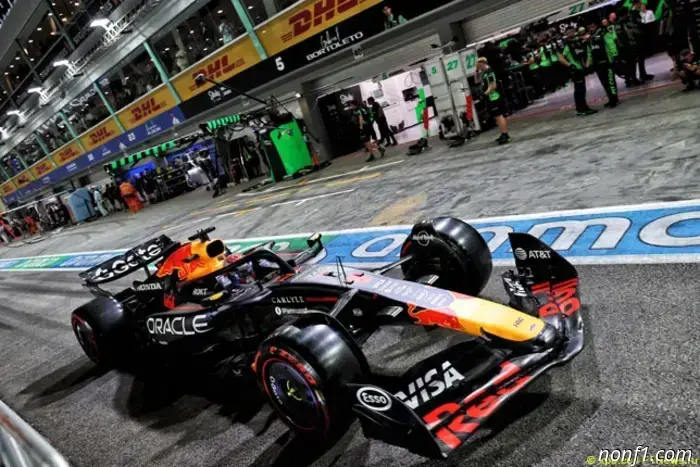 Max Verstappen: We did not encounter any serious problems
Max Verstappen posted the third-fastest time in the second practice for the Singapore Grand Prix. The Red Bull Racing driver is pleased with the day's results and that the car did not experience any major problems.
Max Verstappen: We did not encounter any serious problems
Max Verstappen posted the third-fastest time in the second practice for the Singapore Grand Prix. The Red Bull Racing driver is pleased with the day's results and that the car did not experience any major problems.
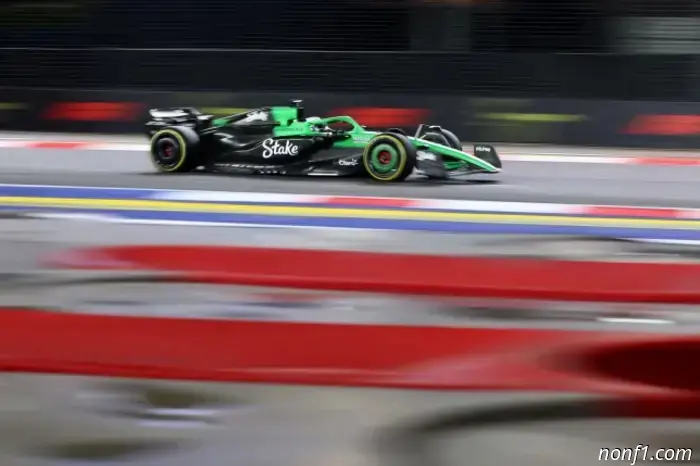 Hülkenberg: We need to achieve the optimal balance
After Friday's practice sessions at the Marina Bay circuit Sauber's drivers found themselves outside the top ten, but the team, summing up the first day of the weekend, lamented that work on the track had been disrupted several times.
Hülkenberg: We need to achieve the optimal balance
After Friday's practice sessions at the Marina Bay circuit Sauber's drivers found themselves outside the top ten, but the team, summing up the first day of the weekend, lamented that work on the track had been disrupted several times.
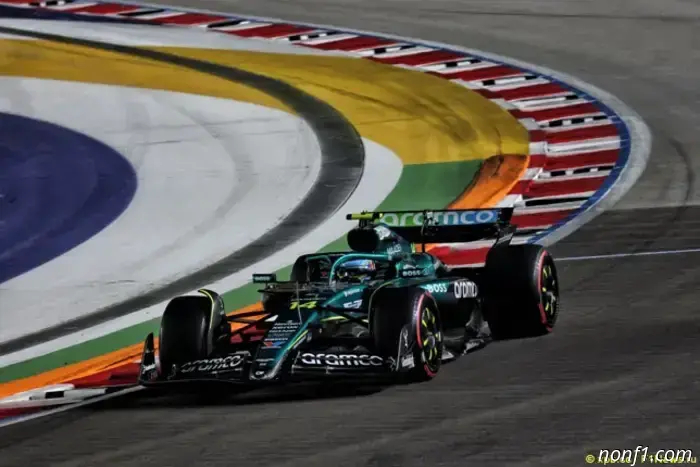 Alonso: I fairly quickly found the limits of what was permissible.
Fernando Alonso was quick in Friday's practice sessions at the Singapore Grand Prix. In the first session the Aston Martin driver topped the timesheets, and in the second he posted the fourth-fastest time, 0.163 seconds behind Oscar Piastri.
Alonso: I fairly quickly found the limits of what was permissible.
Fernando Alonso was quick in Friday's practice sessions at the Singapore Grand Prix. In the first session the Aston Martin driver topped the timesheets, and in the second he posted the fourth-fastest time, 0.163 seconds behind Oscar Piastri.
Berra: The coating provides decent grip.
Because the second practice session was interrupted several times, the tyre manufacturers could not draw definitive conclusions about the tyres' performance on the Singapore circuit, but they did share some observations...
